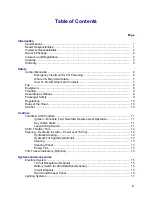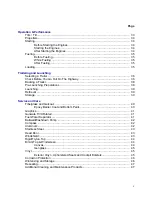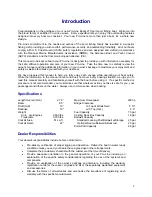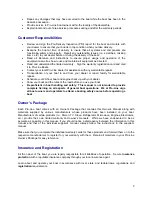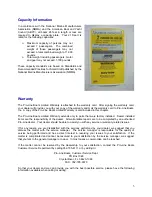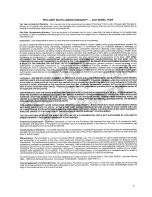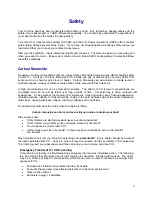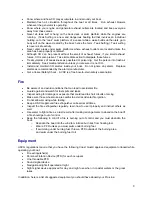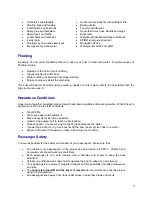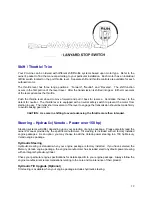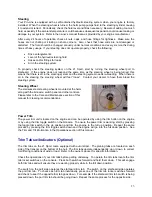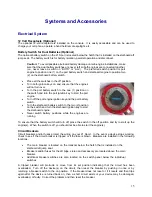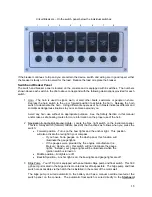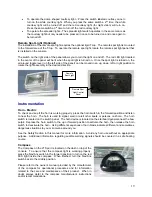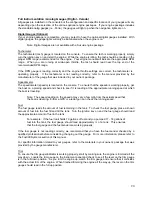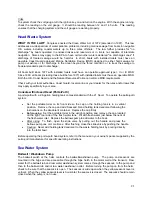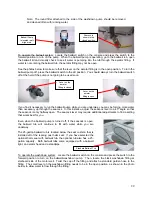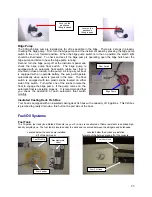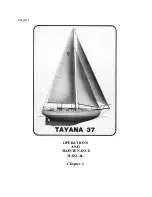
8
•
Know where and how CO may accumulate in and around your boat.
•
Maintain fresh air circulation throughout the boat at all times. Run exhaust blowers
whenever the generator is operating.
•
Know where your engine and generator exhaust outlets are located and keep everyone
away from these areas.
•
Never sit, teak surf or hang on the back deck or swim platform while the engines are
running. (Teak Surfing is a new and dangerous boating fad that involves an individual
holding on to the “teak” swim platform of a vessel while a wake builds up then lets go to
body surf on the wave created by the boat; hence the term - Teak Surfing.) Teak surfing
is never a safe activity.
•
Never enter areas under swim platforms where exhaust outlets are located unless the
area has been properly ventilated.
•
Although CO can be present without the smell of exhaust fumes, if you smell exhaust
fumes, CO is also present. Take immediate action to dissipate these fumes.
•
Treat symptoms of seasickness as possible CO poisoning. Get the person into fresh air
immediately. Seek medical attention unless you are sure it is not CO.
•
Install and maintain CO alarms inside your boat. Do not ignore any alarm. Replace
alarms as recommended by the alarm manufacturer.
•
Get a Vessel Safety Check. A VSC is a free bow-to-stern safety examination.
Fire
•
Be aware of and avoid conditions that can lead to accidental fire.
•
Guard against and watch for fuel spills and leaks.
•
Inspect wiring for damage or exposure that could lead to short circuits or arcing.
•
Make sure those who smoke are careful to avoid accidental fire ignition.
•
Do not allow smoking while fueling.
•
Keep a USCG approved fire extinguisher on board at all times.
•
Inspect the fire extinguisher regularly, learn how to use it properly and instruct others as
well.
•
Use water to fight a fire as a last resort after making arrangements to abandon the boat if
a fire should get out of control.
•
Keep the following in mind if a fire is burning out of control and you must abandon the
boat:
o
Abandon the boat into the wind to minimize burn risk from floating fuel.
o
Wear a PFD unless you must swim under burning fuel.
o
If swimming under burning fuel, throw a PFD outside of the burning area
and swim under the burning fuel to it.
Equipment
USCG regulations require that you have the following Coast Guard approved equipment onboard while
operating your boat:
•
Fire extinguisher(s)
•
Personal Flotation Device (PFD) for each occupant
•
One throwable PFD
•
Sound signal device
•
Navigational lights if operated at night
•
Sight signal device approved for day and night use when in coastal waters or the great
lakes
In addition, here is a list of suggested equipment you should have aboard your Pro-Line:



